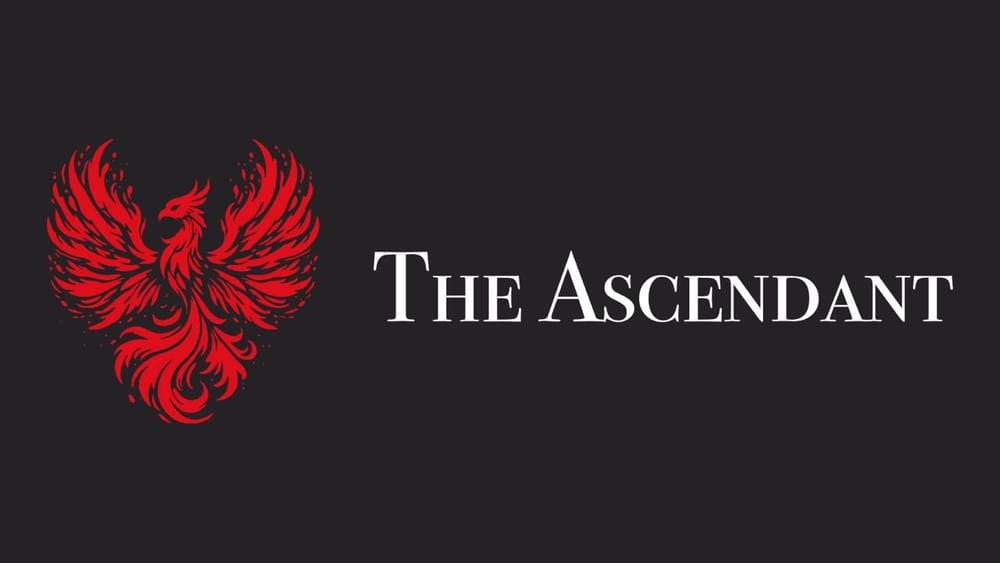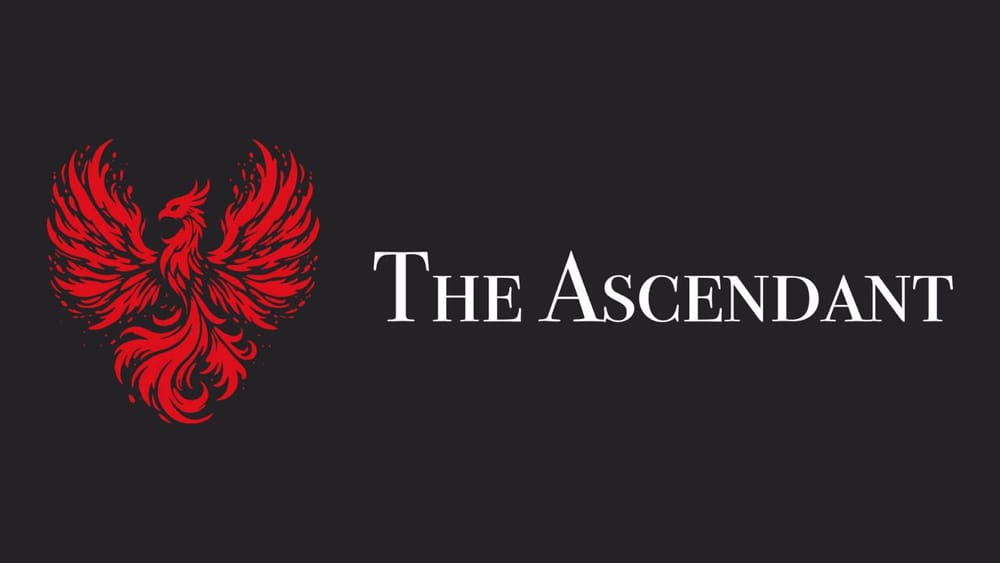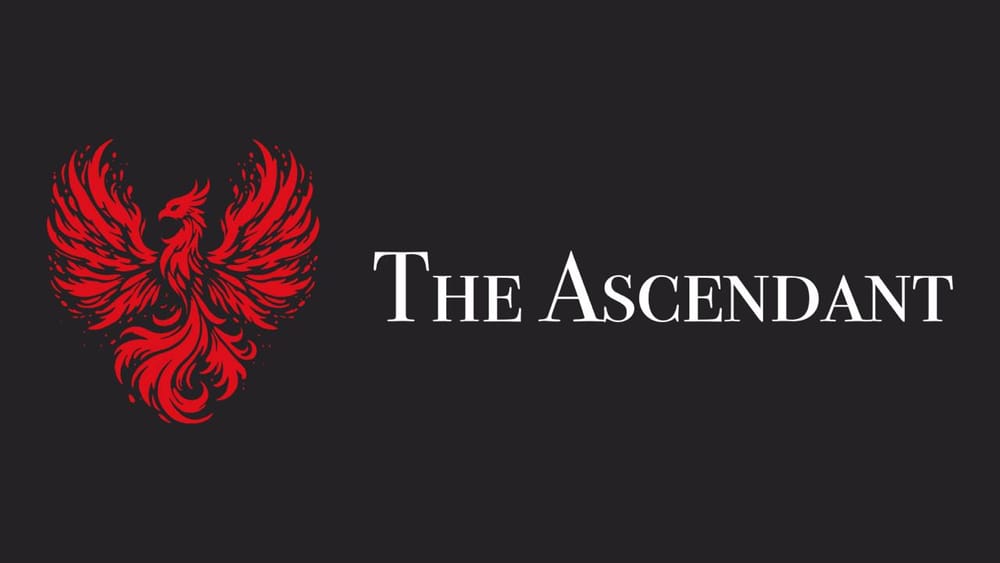November 2024 - Bitcoin is tickling the 99.000 USD area and Blockchain and Web3 is on everyone’s lips. Naturally D3LTA wouldn’t be D3LTA if we simply followed the hype and didn’t look at what's bubbling under the surface.
While the speculators and institutions are jumping over each other’s heads to rush into Bitcoin, we will take a moment to find out where the real innovation happens. Not only will this help you to be several steps ahead of the competition, but it will greatly expand your technological horizons and see how DAG can help your projects become the industry leaders. Let’s not waste any time and dive right in.
What is a DAG
At its core, DAG is a graph-based data structure that doesn’t rely on sequential blocks (as in blockchains). As you remember, a blockchain has a rigid structure whereby data has to “stand in line”, waiting to be processed and appended to the blockchain. Naturally this can cause latency, delays and sudden spikes in gas fees during the “peak usage”. If it immediately reminds you of Solana, that’s because it’s the perfect example of blockchain inefficiency in action.
A DAG works quite differently. This data processing system connects transactions directly to one another in a web-like structure - without having this long queue as a result. Dag stands for Directed Acyclic Graph.
Directed: Data flows in one direction (from input to output)
Acyclic: There are no loops - once a transaction is verified, it can’t circle back. This is also the core principle of Blockchain.
Graph: Transactions are nodes that directly create this vast network.
It all sounds terribly complicated, but the essence is quite simple. If a blockchain uses a queue of transactions, creating latency as a side-effect, a DAG allows for transactions to be processed in parallel (many transactions are confirmed simultaneously). This creates a faster and more efficient ecosystem. Bitcoin, eat your heart out!
Why use a DAG
Let’s get one thing perfectly clear - DAG isn’t here to replace blockchain, it’s here to complement and, in some cases, outperform it in specific applications. One can say a DAG structure can massively boost the performance of an already amazing system that is the blockchain. What are the benefits?
Scalability without any bottlenecks
Vitalik Buterin - the founder of Ethereum coined the term scalability trillemma. This is a delicate balance between security, decentralization, and scalability. In other words, any blockchain network today tries to be secure, decentralized and scalable at the same time. Naturally this doesn’t always work as intended.
Ethereum is secure and decentralized, but notoriously difficult to scale.
Solana is scalable and secure, but in no means decentralized.
Balancing this trillemma is more of an art than a science. After all, when you use a blockchain, you have to queue all the transactions one after another. During peak usage of any blockchain this creates a tangible spike in gas fees and a ton of frustration to the end users. Here is where the DAG architecture enters the scene.
- A DAG sidesteps these frustrations by processing transactions simultaneously, creating a network that grows faster as more nodes join it. Although this sounds a bit counterintuitive, in practice it proves to work quite well.
- Today Fantom (FTM) uses a DAG-based Lachesis protocol to handle thousands of transactions per second, offering unmatched speed for dApps and DeFi. Anyone who used Decentralized finance apps on Fantom can confirm it. It’s a joy to use and the transactions confirm in seconds.
Slashing transaction costs
Blockchains charge fees to incentivize miners or validators. Anyone who uses an EVM chain (such as Ethereum or Solana) literally “rents” the computing power of this decentralized network for validating these transactions. This “rent” is paid in the $ETH or $SOL token respectively.
In DAG networks, transactions validate each other, reducing or even eliminating fees in some cases.
- Kaspa (KAS), a DAG-based cryptocurrency, focuses on ultra-fast block propagation with low transaction costs, making it ideal for micropayments and real-time transfers. Although it’s a relatively recent newcomer to the Web3 space, the prospects of their technology are definitely promising.
Energy efficiency
Blockchain mining, especially in proof-of-work systems, consumes vast amounts of energy. There are millions of highly specialized computers (called miners) that crank out computational power just to solve a difficult mathematical problem and collect their “miner reward” as a result.
Some say that mining is consuming too much energy. Others say that mining helps to make the energy grid more efficient. You see, the electrical grid doesn’t provide 100% of energy at all times - people don’t need to run their coffee machines and tea kettles all day, but just during the mornings.
If the energy is not used immediately, it’s simply wasted. This is where the miners come in. Contrary to popular belief, the only 2 things required to start mining (aside from investment capital of course) are electricity and internet access. This makes the miners the best arbitrageurs of energy in the world. Some miners buy up energy that would have otherwise gone to waste (since it wasn’t used during non-peak hours). Other miners buy waste gas from the petrochemical industry. This gas is usually just burned off (this is called flaring).
Regardless of all the genius ways miners utilize and optimize their energy requirements, a fact remains a fact - mining needs energy and they need plenty of it! This is where DAG comes in.
DAG networks often rely on lightweight consensus mechanisms, making them more energy efficient in the process. We forecast that the “eco-debate” will be raging for many years. This is why the benefits of a DAG architecture are so important.
IOT and microtransactions
Anyone following the tech developments has heard of the Internet Of Things (IOT). In some way we are already seeing it in action today. Our fridge can now “remind us” that we need to buy more milk and our coffee marker can notify us when it’s running low on your favourite brew.
The Internet of Things (IoT) requires a technology that can handle millions of small, fast transactions. Yes, very soon your fridge and coffee maker will be exchanging tokens and even NFTs. A DAG’s structure makes it perfect for this use case, where scalability and minimal fees are essential. Projects like Fantom are exploring IOT integrations to bring real-world use cases to life.
Another notable benefit of using a DAG ecosystem is the elimination of power hungry miners or validators. In essence, the DAG networks lower the entry barrier for participants. This opens up decentralized technologies to a broader audience and ensures better network distribution - getting us closer to solving the blockchain trillemma.
DAG vs Blockchain
While DAG offers significant advantages, it’s not without limitations. Blockchains provide unmatched security through their time-tested consensus mechanisms, making them ideal for high-value transactions and assets. After all, once a piece of data is appended to the blockchain, it’s there forever and it cannot be altered or corrupted.
DAG networks, on the other hand, excel in high-frequency, low-value transactions where immutability is not always the main selling point. Let’s not forget about applications requiring extreme speed and scalability. This is exactly what’s required for the Internet of things.
We at D3LTA see a future where the Blockchain and DAG will coexist and empower each other. Together, these technologies will coexist to form a robust Web3 ecosystem that balances efficiency, decentralization, and security.
The curious case of Fantom (FTM)
Any avid DeFi user is certainly no stranger to Fantom. Today it’s one of the most well-known projects leveraging DAG technology. Its Lachesis consensus protocol delivers lightning-fast transactions with finality in mere seconds.
This is music to the ears of DeFi fans. These DeFi platforms allow users to explore all the nooks and crannies of what permissionless smart contract technology has to offer. Do you want some leveraged trading and smart city applications? You got it! After all, Fantom gives us 300.000 reasons to use their tech.
That’s right; 300.000 transactions per second at a fraction of the cost. Fantom demonstrates how DAG can support large-scale decentralized applications without compromising speed or cost. We are watching Fantom very closely.
The rise of kaspa (KAS)
Kaspa takes a unique approach to DAG by implementing a blockDAG, where multiple blocks can coexist and validate simultaneously. Today Kaspa is still somewhat clunky and not that user friendly for retail consumers. However when it comes to raw speed and block propagation, they are second to none. This makes the data flow and block confirmation quite suitable for payment systems and applications where data finality is crucial.
Naturally, just like Fantom, Kaspa can proudly stand out as another contender to the throne of DAG. The real-time block confirmation combined with ridiculously low fees are simply irresistible to developers and seasoned crypto OG’s. We are eager to see what amazing Dapps will be launched on Kaspa in the near future.
The bigger picture
As you now see, the real innovation is happening right under our noses. Our computers and phones become faster (demanding more power and grunt). The 5G networks will become ever faster and very soon new areas of data throughput will enable us to use the combination of DAG and Blockchains to solve very real world problems.
Now you know how a DAG ecosystem works, it’s up to you to let your imagination run wild. Instead of being distracted by the news and price charts, it helps to dive a bit deeper under the surface.
Whether you’re a developer, investor, or just a curious tech nerd, exploring projects like Fantom and Kaspa gives you a glimpse into the future of decentralized tech - a future where DAG and blockchain thrive side by side is inevitable. The question is; what killer app are you going to build on it?







